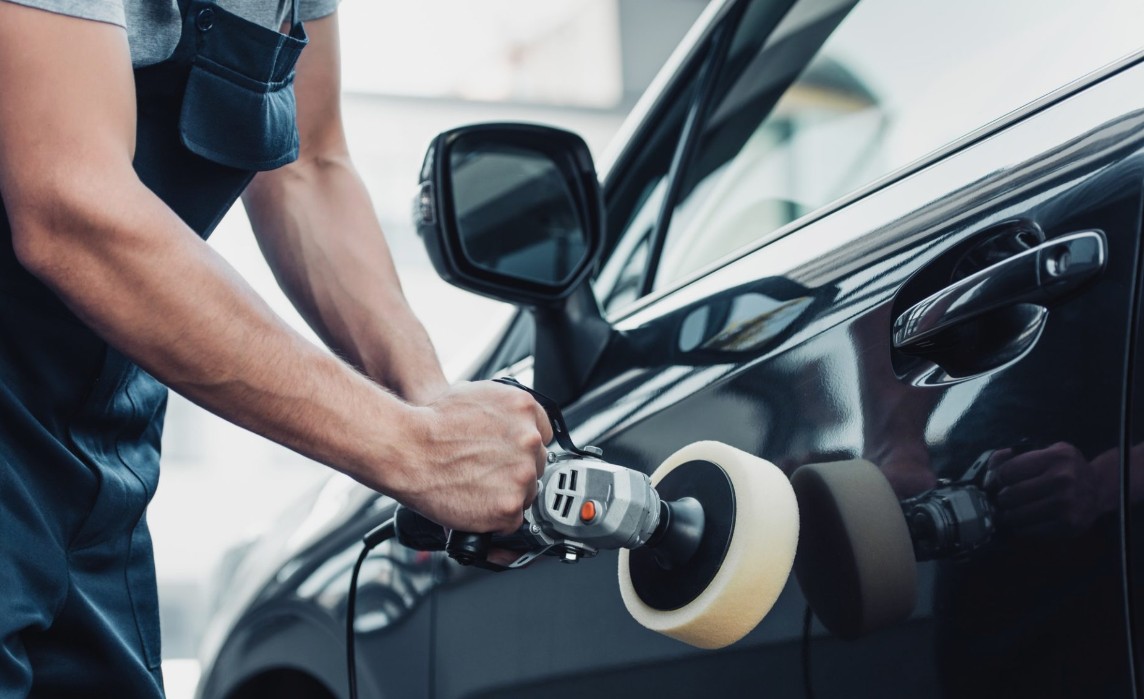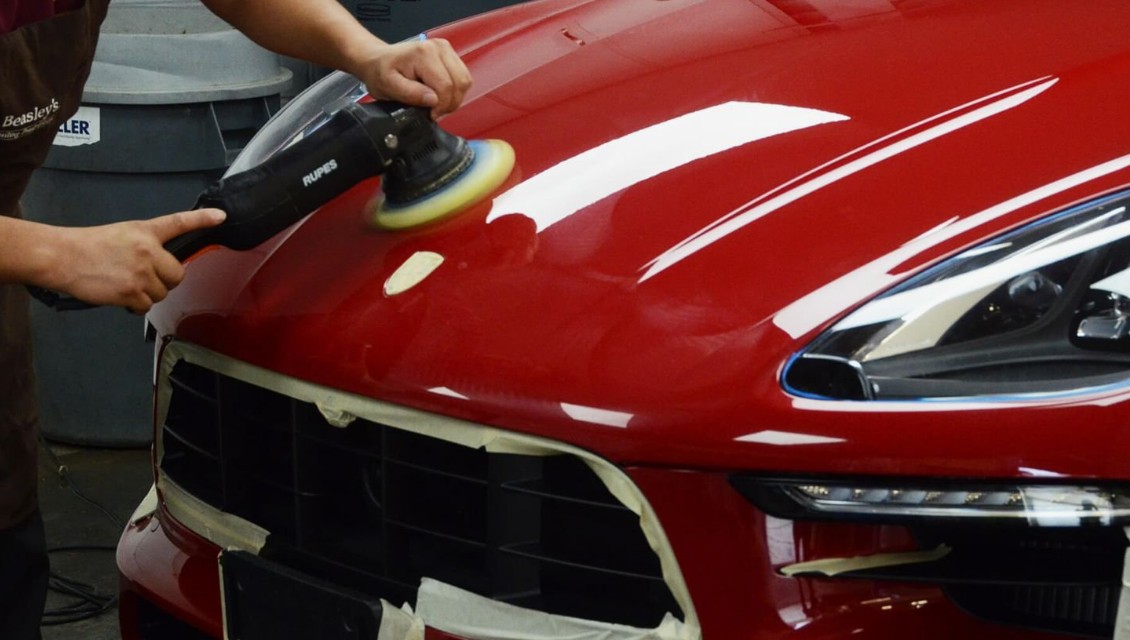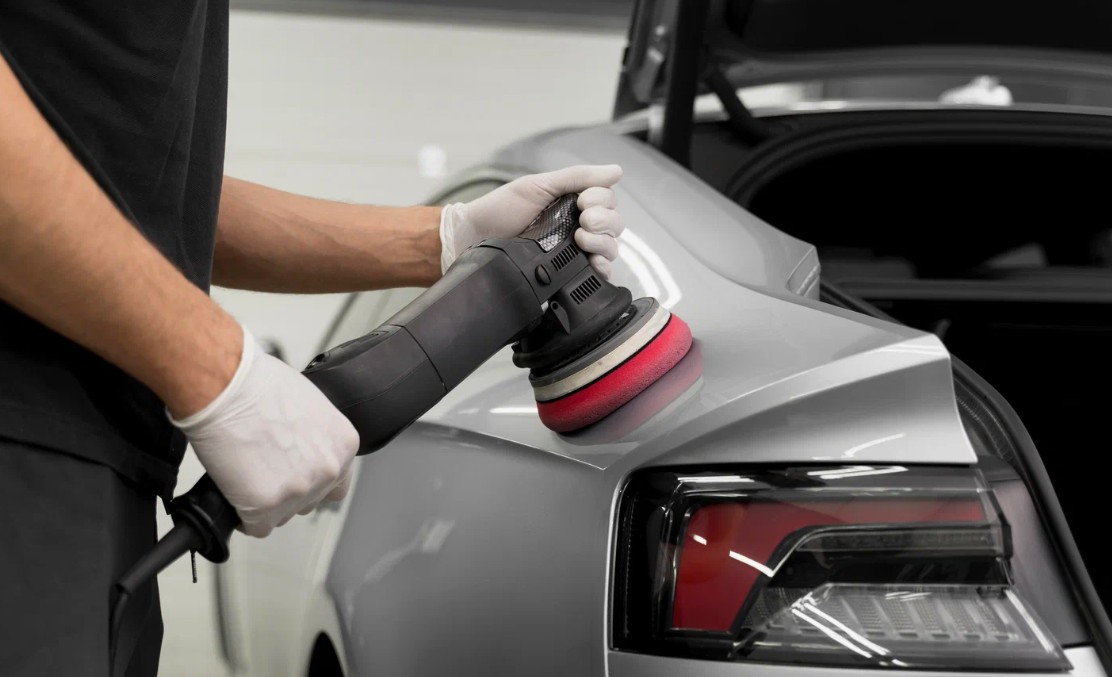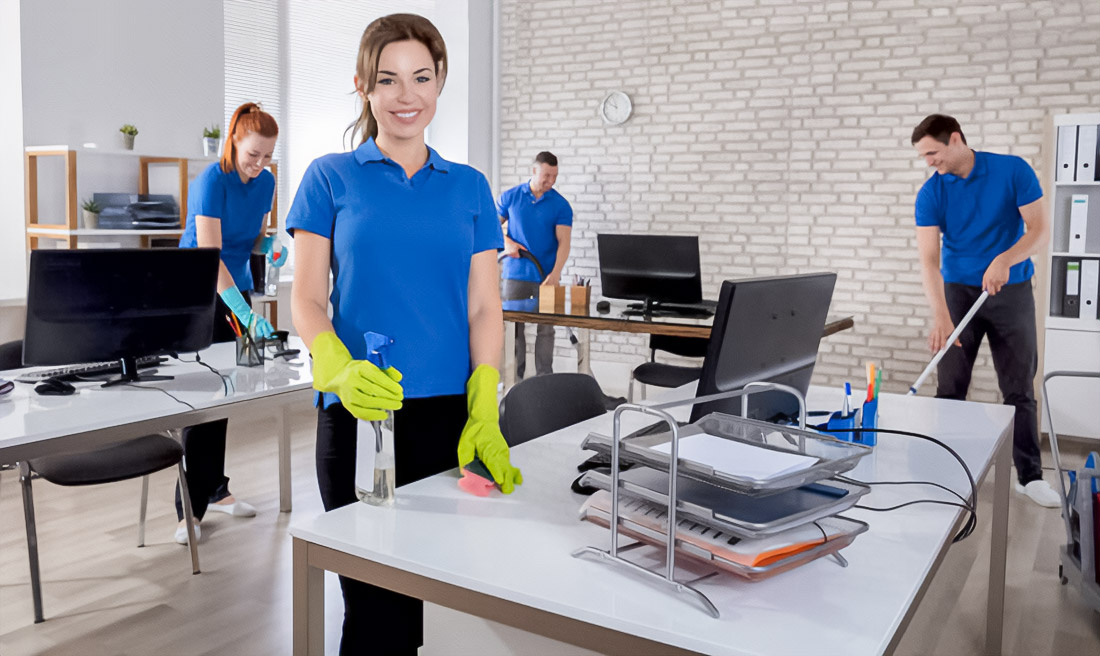
Car polishing is more than just a cosmetic treatment for your vehicle—it is a specialized procedure designed to restore and rejuvenate your car’s paintwork, enhancing its appearance and preserving its value. By applying an abrasive paste to the car’s surface, professionals offering a car polishing service can remove minor scratches, oxidation, and other imperfections. Beyond the paint, polishing can also improve the condition of headlights, moldings, wheel rims, and even interior decorative parts. However, despite its benefits, car polishing service remains surrounded by myths and misconceptions. This article explores these myths, separates fact from fiction, and provides a comprehensive guide to understanding car polishing.
What is Car Polishing?
Car polishing involves the removal of a thin layer of the vehicle’s clear coat using abrasive materials or compounds. This process helps eliminate surface imperfections such as swirl marks, scratches, oxidation, and water spots, leaving the paint smooth and reflective. The procedure is often misunderstood as a universal solution for all types of paint damage or confused with protective treatments like waxing or ceramic coating.
Detailing centers frequently offer car polishing services, promoting its benefits to maintain a car’s aesthetic appeal. However, it’s essential to approach the procedure with knowledge and caution, as improper techniques or frequent polishing can harm the paintwork. Let’s address some common myths and uncover the facts.
Common Myths and Facts About Car Polishing
Myth 1: Monthly Polishing Is Harmful to The Car
Fact: Over-Polishing Can Lead to Thinning of The Paintwork
While polishing can rejuvenate your car’s appearance, frequent polishing can gradually erode the clear coat, which protects the underlying paint. Professional detailers recommend limiting polishing to once or twice a year or after covering approximately 20,000 kilometers. This frequency strikes a balance between maintaining the car’s aesthetics and preserving the integrity of the paintwork. Always opt for reputable detailing centers with modern equipment and high-quality materials for the best results.

Myth 2: Polishing Removes All Scratches
Fact: It Depends On The Depth Of The Scratches
Polishing effectively removes surface scratches that are confined to the clear coat. However:
Shallow scratches: Easily removed through light polishing and buffing.
Deeper scratches: If a scratch penetrates the paint or primer layer, polishing alone cannot repair it. Such damage requires repainting or touch-up work.
Professional detailers use various tools, such as sandpaper and specialized polishing compounds, to assess and address each scratch appropriately. Attempting to remove deep scratches without expertise may worsen the damage.
Myth 3: Polishing and Car Restoration Are the Same
Fact: Car Restoration Is A Comprehensive And Complex Process
While polishing is a targeted treatment focusing on the car’s surface, restoration involves extensive work to restore the vehicle to its original condition or a showroom-like state. Restoration typically includes:
🡪Complete disassembly of the car.
🡪Repairs to the chassis and bodywork.
🡪Repainting and refinishing.
🡪Interior refurbishment.
Polishing is just one part of the restoration process, serving as a cosmetic enhancement rather than a full-scale repair.
Myth 4: A New Car Doesn’t Need Polishing
Fact: Polishing A New Car At The Right Time Is Beneficial
The paint on a new car takes several weeks to fully cure and harden after application. Polishing too soon can interfere with this curing process. Experts recommend waiting 5-7 months before polishing a new car. This timeframe allows the paint to settle and helps prevent scratches caused by improper handling during the initial months. Avoid using abrasive materials on a new car’s paintwork.
Myth 5: Polishing Masks Defects but Doesn’t Remove Them
Fact: Polishing Removes Surface Defects And Smooths The Paintwork
Polishing addresses issues such as:
🡪Surface scratches.
🡪Abrasions.
🡪Oxidation.
🡪Residual paint from minor collisions.
By removing a thin layer of the clear coat, polishing restores the paint’s original shine and smoothness. After polishing, a protective coating is often applied to seal and protect the surface from further damage.
Myth 6: Polishing Damages the Paintwork
Fact: Proper Polishing Enhances The Paintwork; Improper Techniques Can Harm It
The removal of the clear coat is a controlled process during polishing. When performed correctly by professionals, the procedure is safe and effective. However:
🡪Excessive polishing can thin the clear coat, reducing its protective properties.
🡪Improper washing before polishing can leave abrasive particles on the surface, causing additional scratches.
Always ensure the car is thoroughly cleaned before polishing, and choose a reputable service provider to minimize risks.
Myth 7: Self-Polishing is Faster and More Effective
Fact: Professional Services Provide Superior Results
While DIY polishing might seem cost-effective, it lacks the precision and quality of professional detailing. Professionals work in controlled environments with:
🡪Adequate lighting.
🡪High-grade tools and compounds.
🡪Expertise to handle intricate areas and avoid over-polishing.
DIY attempts often leave streaks, swirls, or uneven finishes. Worse, improper techniques can damage the paint by exposing the metal underneath, leading to rust.

Myth 8: Polishing is Unnecessary Since Scratches Will Reappear
Fact: Regular Polishing Maintains A Car’s Aesthetics And Prevents Further Damage
Scratches and chips are inevitable during regular use, but neglecting these imperfections can lead to long-term damage. Polishing removes existing scratches and oxidation, restoring the car’s appearance. To prolong the results, consider applying a protective coating such as wax, ceramic, or liquid glass after polishing.
Myth 9: Protective Polishing is the Best Option
Fact: Polishing Is Not Inherently Protective
Polishing smooths the surface but doesn’t shield it from future damage. Protective coatings, such as:
🡪Wax: Provides short-term protection and shine.
🡪Ceramic coatings: Offers long-lasting durability and resistance to UV rays and contaminants.
🡪Liquid glass: Enhances gloss and strengthens the paint.
These coatings complement polishing but are separate processes with distinct purposes.
Myth 10: Polishing and Waxing Are the Same
Fact: Polishing And Waxing Serve Different Purposes
🡪Polishing: Removes surface imperfections and restores smoothness and shine.
🡪Waxing: Creates a protective layer that guards against environmental elements while adding a glossy finish.
Both are essential for maintaining your car’s appearance but are not interchangeable.
Benefits of Car Polishing
Restores Original Appearance: Eliminates imperfections, enhancing the car’s shine and color vibrancy.
Prepares for Protective Coatings: Smooths the surface, allowing coatings like wax or ceramic to bond more effectively.
Increases Resale Value: A well-maintained exterior reflects positively on the vehicle’s overall condition.
Removes Contaminants: Erases oxidation, water spots, and other blemishes that diminish the car’s appeal.
Precautions for Safe Polishing
Thorough Washing: Clean the car thoroughly to remove dirt and debris that could act as abrasives during polishing.
Proper Tools: Use high-quality polishing compounds, pads, and machines for consistent results.
Professional Assistance: Seek professionals for complex issues or if you lack experience.
Moderation: Limit polishing frequency to avoid excessive thinning of the paint.
Car polishing is a valuable process to rejuvenate your vehicle’s appearance and maintain its value. However, it should be approached with care and precision. By relying on professional detailing centers and adhering to best practices, you can enjoy the benefits of a polished, pristine car without compromising its integrity.

Skier, ramen eater, audiophile, reclaimed wood collector and RISD grad. Working at the fulcrum of minimalism and computer science to craft meaningful ideas that endure. Let’s make every day A RAZZLE-DAZZLE MUSICAL.


